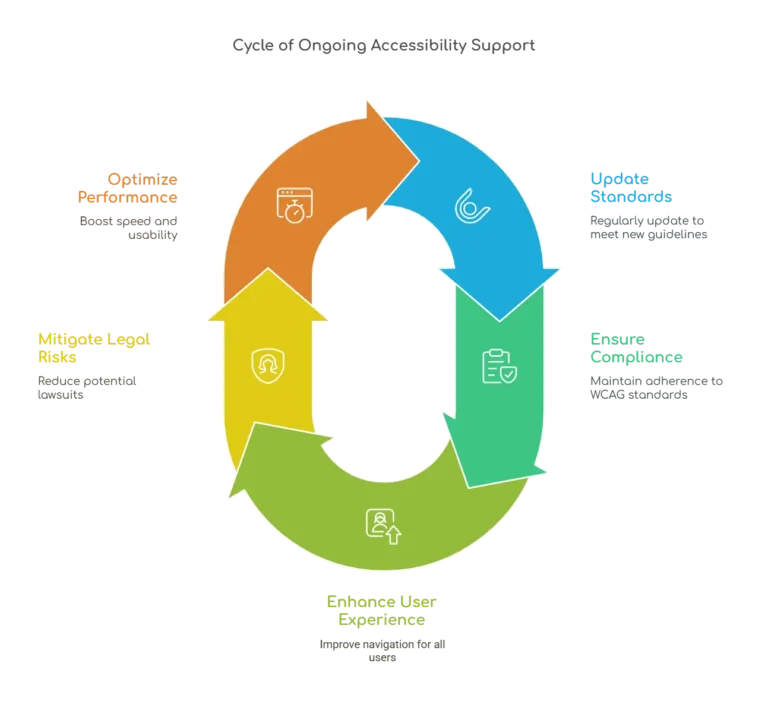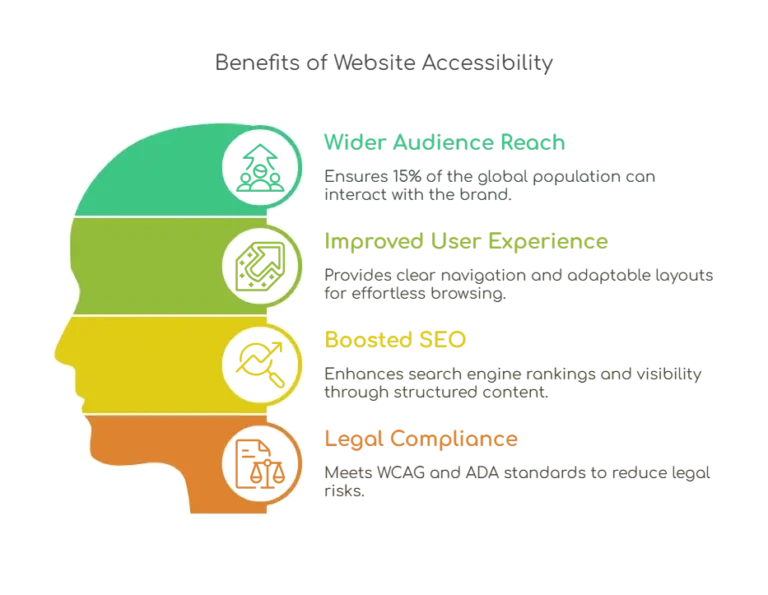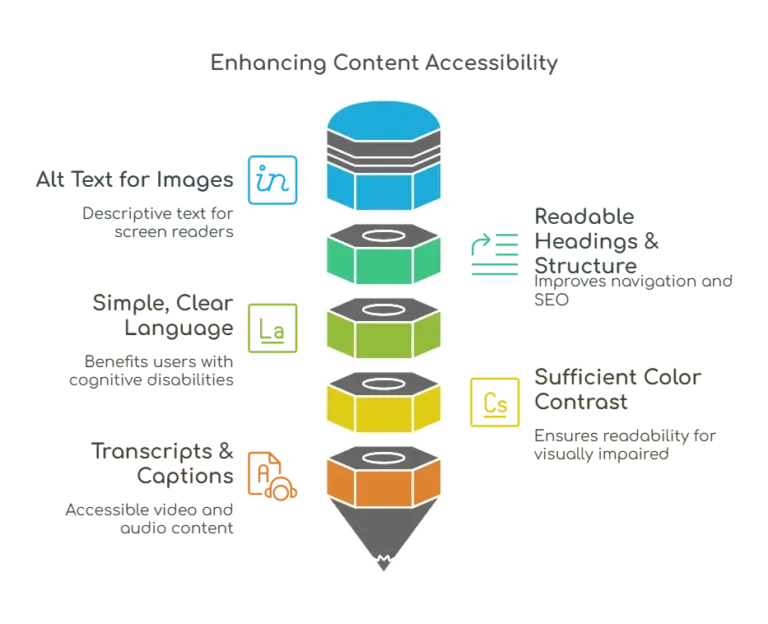Having a website that loads quickly and provides a smooth user experience is crucial for search engine optimization (SEO). One of the key factors in determining website performance is the Core Web Vitals. In this blog post, we will explore what Core Web Vitals are, why they matter for SEO, and provide actionable tips on how to improve them for better search engine rankings. Let’s dive in and learn how to enhance your website’s Core Web Vitals for SEO success.
Importance of Core Web Vitals for SEO, let’s explore some practical strategies to improve them.

Optimize Page Loading Speed:
- Compress images: Reduce the file size of images without compromising quality using compression tools.
- Minify CSS and JavaScript: Remove unnecessary characters, spaces, and comments from code files to reduce their size.
- Leverage browser caching: Set appropriate cache headers to enable browsers to store certain resources, allowing faster subsequent page loads.
Prioritize Above-the-Fold Content:
Ensure critical content is loaded quickly: Optimize the loading order of resources to prioritize above-the-fold content for faster rendering.
Upgrade Hosting and Server Resources:
- Choose a reliable hosting provider: Select a hosting provider that offers fast server response times and adequate resources to handle website traffic efficiently.
- Utilize content delivery networks (CDNs): CDNs distribute website content across multiple servers worldwide, reducing latency and improving overall loading speed.
Optimize Webpage Interactivity:
- Minimize JavaScript execution time: Remove unnecessary or redundant JavaScript code and optimize its execution to reduce delays in webpage interactivity.
- Break up long tasks: Divide computationally heavy tasks into smaller parts, allowing the browser to remain responsive during the execution.
Monitor and Address Layout Shifts:
- Specify image dimensions: Set explicit dimensions for images to reserve the required space, preventing unexpected layout shifts.
- Use CSS animations judiciously: Ensure that animations do not cause content to shift unexpectedly or hinder user interaction.
Regularly Measure and Monitor Core Web Vitals:
- Use tools like Google’s PageSpeed Insights and Chrome User Experience Report to analyze your website’s performance and identify areas for improvement.
- Continuously monitor your Core Web Vitals to ensure ongoing optimization and address any issues promptly.
Improving Core Web Vitals for SEO is essential for enhancing user experience and securing better search engine rankings. By optimizing page loading speed, prioritizing above-the-fold content, upgrading hosting resources, optimizing webpage interactivity, monitoring layout shifts, and regularly measuring performance, you can significantly improve your website’s Core Web Vitals.
Optimize your website’s Core Web Vitals and boost its performance – contact us now!






